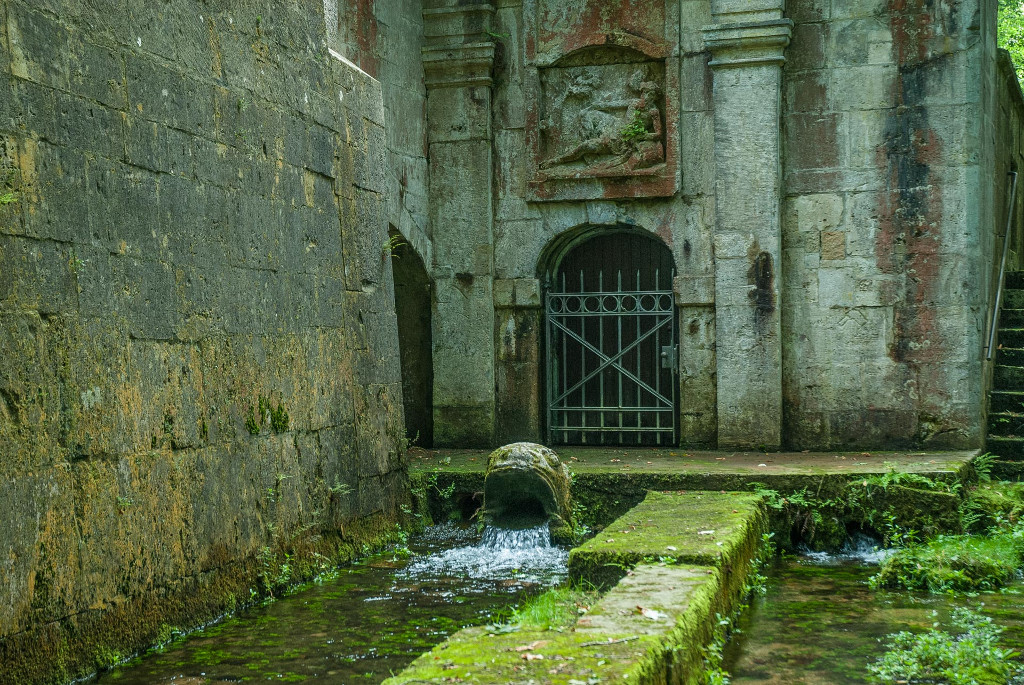The water of the Lutter was the prerequisite for prehistoric settlements and for the foundation of the monastery, village and city. The name of the stream is derived from 'lauter' – meaning clear, pure.
Springs and Origins
This must be the “clearest, sweetest and overall tastiest water, called “Lutter” due to its cleanliness and purity and let us remember we have in no other place seen beautiful and crystal-clear water like this.”
In this fashion, Dr. Brückmann, a doctor from the 18th century, described the Lutter. And whoever observes the cooling water or tastes it can understand why it was so highly praised, even today. The unique thing about this stream is its origin. The rain, which falls above the Elm mountains, is thoroughly filtered by the rocks. Simultaneously, it soaks up a lot of chalk. One of the springs, where the water raises to the surface again, is the “Lutter”. Where its water flows, the chalk sediments and forms the so-called “Duckstein”, a kind of limestone. The entire historic district of Königlsutter stands on this 8 meters thick layer of rock. Therefore, the “Lutter” was instrumental in building the town in multiple ways as the delicate water provided perfect living conditions very early on. That is why first there was a village along the Lutter, then the monastery and finally the whole town was built. Speaking of Duckstein: this name is used for both the rocks as well as the beer that used to be brewed in Königslutter. The unique taste of the beer is a result of using the chalky water of the Lutter in the brewing process. And as the beer sold very well, the “Lutter” played a crucial part in Königslutter’s rise to wealth. However, people always knew that their stream would want something in return for its services. Consequently, people were wary of any change in the stream’s look and watched it with suspicion. Whenever change occurred, they would call the “Lutter” names like “Hakemann” or “Wassernix”, referring to the alleged danger. Actually, there was no real need to be scared, though. It is not all that hard to win the water’s favor. People even used to throw flowers into the stream to garland the stream and the brewers regularly poured a jug full of beer into the water. And nowadays?
